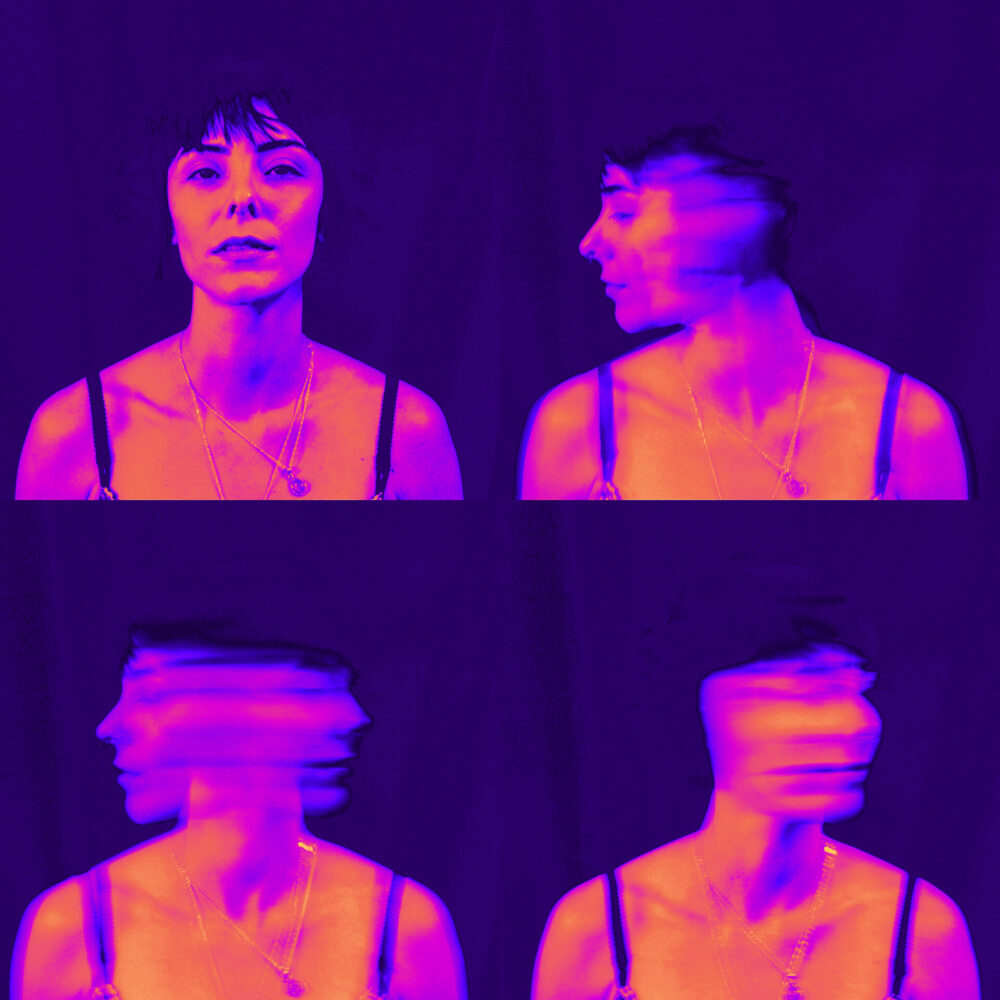
What Is Head-Hopping? And Why Writers Should Avoid It
If you’re any kind of writer, even a beginner, I’m sure you’ve heard a million times to never, ever, ever use a point of view technique called “head-hopping.”
And if I asked you at red-pen point to define it for me, you probably could, right?
So, if every writer knows generally what head-hopping is, and every writer knows generally not to do it—why do I see head-hopping so often in the books I evaluate and edit?
Out of the top-ten list of issues I most frequently identify in a manuscript assessment, head-hopping hovers in the first three. Let’s take a look at it (yes, one more time for y’all in the back) and explore reasons why it’s not the best POV choice for a book.
What Is Head-Hopping?
I’m going to let Beth Hill in The Magic of Fiction take this one; she gives the most clear and precise definition I’ve ever read of this slippery problem.
“Head-hopping occurs when the narration jumps from one viewpoint character to the next in the same scene and usually without warning.”
And this:
“The story’s rolling along and suddenly you stop reading, wondering why Larry is admiring the way he walks. Then you find out he’s not narcissistically admiring himself; Margaret is watching and admiring, and the readers are, without warning, treated to her thoughts. It’s as if she’s slipped into Larry’s head.”
It’s the underlined phrases in the quotes above that are key. Head-hopping is most easily spotted when a POV shift happens quickly and without warning. The narrative starts in Character A’s head and interiority (interiority basically means internal monologue/thoughts), then it takes a lightning-fast leap into Character B’s head and interiority (sometimes even in the next paragraph), then into Character C’s head, etc., etc., etc., until the end of the scene or chapter. (I once counted seventeen different head-hops among five separate characters within one 1,500-word scene. Yikes!)
Why Writers Should Avoid Head-Hopping
Some authors get prickly when I identify head-hopping in their story, and I’d beat the house every time with a bet on their response to that criticism. It’s usually something along the lines of: “But, I’m writing omniscient third point of view.”
Okay. Yes. Omniscient third point of view is a valid technique. (Follow this link for a definition.)
It’s also the most difficult to write because it involves much more than just bouncing around, showing the thoughts of each character in a scene. Even expert authors with multiple books to their name struggle to pull it off well.
And, frankly, it’s a bit old-fashioned (it was a popular POV technique in Victorian literature). Readers today are more comfortable and accustomed to narrative that utilizes a limited POV.
In Self-Editing for Fiction Writers, Renni Browne explains why:
“[R]eaders need some time to settle into a given emotional state, so when you move quickly from one passion-charged head to another, you’re likely to leave them behind.”
If you desire your readers to form emotional connections with your characters, to feel what they feel when they feel it, hopping quickly from one person’s emotional state to another prevents this connection. They don’t have time to become invested in a character’s internal reactions to events or dialogue or setting before they’re abruptly whisked to another character’s.
And if you desire your readers to become lost in your book, to absorb themselves in the world and plot you’ve so carefully constructed, yanking them about in this way will yank them out of their reading faster than anything else I can name.
Why? Because you’re asking them to do a lot of thought work to keep track of whose viewpoint they’re experiencing at any given time.
Making a reader work too hard to read your book will result in a high number of DNFs. Folks ain’t got time for all that noise.
Just don’t do it.
What to Do Instead of Head-Hopping
Two simple answers: one POV per scene with line spaces between scenes/POVs, and/or stick to one POV per chapter and show other characters’ emotions through action and dialogue, not interiority.
Option One: Start a new scene each time you want to change to a different character’s point of view. Insert a line space between each new scene/POV, which signals to readers that a shift is coming.
Yes, if you want to give each character their own POV, you might end up with numerous short, choppy scenes per chapter. If so, I still say that’s better than head-hopping. But you might want to carefully evaluate how well you’ve explored each character’s point of view within their individual scene. Could you add more interiority? Could you add more action, setting, or dialogue?
Option Two: If not, consider the second option: stick to one character POV per chapter and show the other characters’ emotions through their interactions with the POV character.
This is by far the most popular option in fiction today (for good reason) for stories that are told through multiple points of view.
Hill again:
“Mine a scene for the experiences and emotions of one character. Let him or her take on the scene in its fullness, appreciating every event and emotion the scene holds. Let the reader imagine himself as a character in the scene the same way characters experience events—through the eyes and heart of only one person.”
By doing this, you just might discover a richness and depth to one character, or even your story in general, that perhaps was lacking before, when no one character was given the time to develop before moving on to the next.
Try it, you might like it.
——-
If you think you might have a problem with head-hopping, help is a click away. My Story Diagnostic service helps root out potential head-hopping POV dips with compassion and encouragement. Or, combine it with a line edit to smooth voice and sentence flow in a Full Editing Journey. Learn more about both services and apply for yours here.




